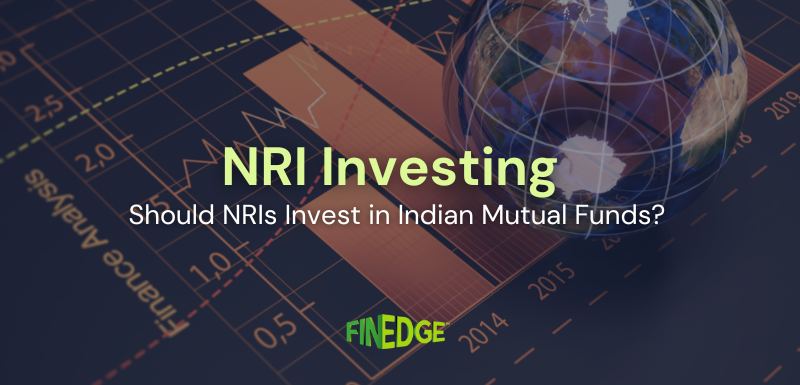What is three common Mutual Fund myths?

As the Mutual Fund industry continues to grow with overall assets touching the Rs. 39 Lakh Crore mark, here are a few commonly held myths that any good mutual fund investment planner will ask you watch out for before you invest.
Myth 1: More Units Are Always Better
Many investors, in fact even seasoned ones, end up wrongly believing that given the choice between two funds within a category, one should select the one that has a lower unit price or Net Asset Value since it’ll fetch them more units. However, this is an incorrect assumption. What a mutual fund investment planner will tell you is that saying that a fund with an NAV of Rs. 50 is better than a fund with an NAV of Rs. 100 is like saying that two half apples are better than one apple! What matters in the end is how the fund’s underlying assets are geared to perform in the future. Many excellent funds that have been around for more than two decades have very high NAV’s, and so investing into a newer fund with a lower NAV will certainly fetch you more units. However, the fund with a proven track record (and a higher NAV) is likely to be a much better investment in this case.
Myth 2: STP's are only used to move from debt to equity funds
Many mutual fund investment planners recommend STP’s or “systematic transfer plans” these days, as they help mitigate risks while investing into equity mutual funds, especially after markets have gone up. However, STP’s can be used in the reverse manner too, that is to stagger funds from equities to debt. This can be very useful for those who are looking to systematically de-risk their portfolios as they approach a goal, or those who have built up sizeable 100% equity portfolios through SIP’s over many years, and are now looking to adopt a more cautious approach in the face of overheated markets. Reverse STP’s are also very useful in helping investors counter the harmful habit of investing into equities only after markets have gone up!
Myth 3: Direct Plans are always better than Regular Plans
There’s been a lot of debate on direct plans versus regular plans of late, and some investors believe that the marginal annual cost saving of roughly 0.5% makes them worth it. However, the jury is still out on this, as we haven’t yet had a real opportunity to measure the ‘behavior gap’ that will eat into direct plan investors over several years, and over multiple market cycles. All their simplicity and retail-centricity notwithstanding, it remains a fact that investing into MF’s directly, without a mutual fund investment planner can lead to quite a few poor investment decisions in case markets turn volatile. In the long run, direct plans could actually end up ‘costing’ you more, so choose wisely.
Your Investing Experts
Relevant Articles
Responsible Credit Card Usage: Three Principles Every Consumer Should Follow
Credit cards are powerful financial tools when used correctly, offering convenience, rewards, and short-term liquidity. But when used without discipline, they can quickly turn into high-interest liabilities. Understanding a few essential principles can help you manage your cards responsibly, maintain a strong credit score, and avoid stress caused by compounding debt.
Types of Debt Funds in India
Debt funds in India offer something for everyone, from overnight investors to those with long-term goals. Knowing the types of debt funds can help you align your choices with your financial plan.
Should NRIs Invest in Mutual Funds in India?
India’s economy is entering a powerful growth phase, and NRIs have a unique chance to be part of it. Mutual funds make it simple, transparent, and goal-driven to participate in this long-term opportunity.
.png)
.png)
.png)
